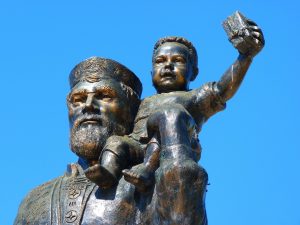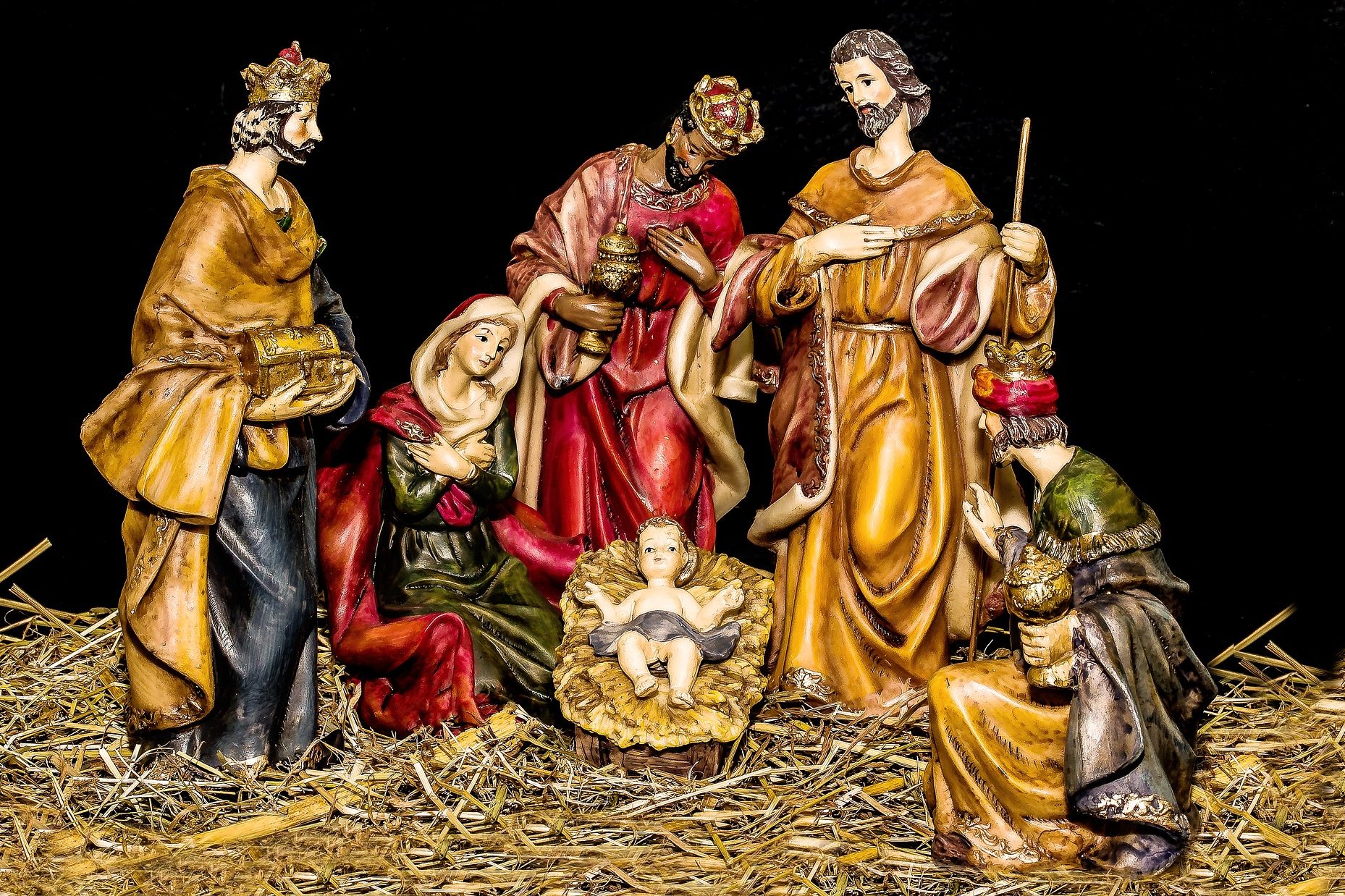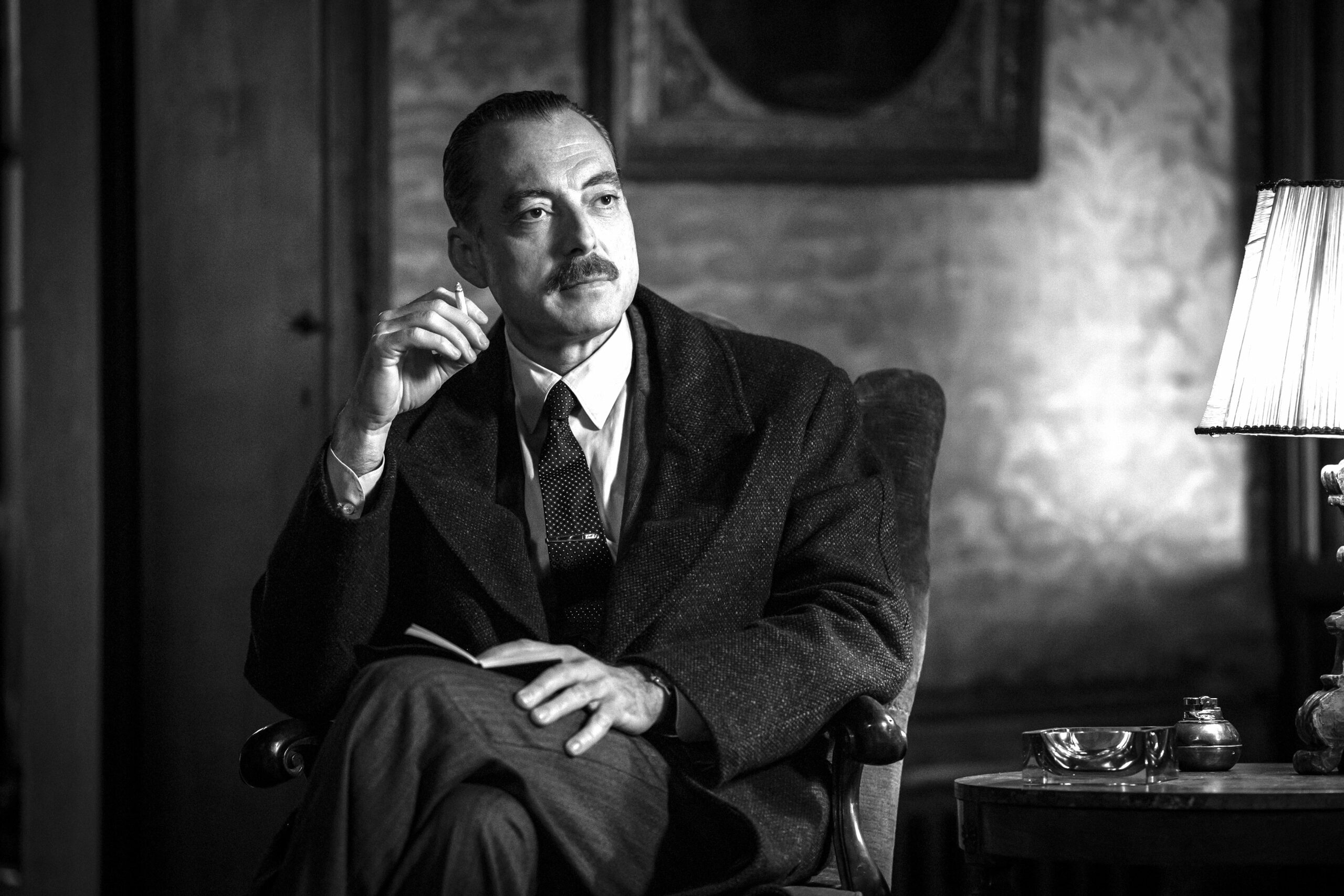In the first half of this two-part discussion, we left off with the question, “How did St. Nicholas become Santa Claus?”
I must answer by first explaining that the custom of gift-giving, especially to children during the Christmas Season, is believed to be associated with the biblical narration of the magi: the three wise men who paid homage to the infant Jesus, bearing gifts of gold, frankincense and Myrrh (Matthew 2:1-12).
When it came to children and gift-giving, the kindness and generosity of St. Nicholas, whose feast day happens to be close to Christmas, became known world-wide and somehow related to the Christmas Holiday.
So, how did St. Nicholas become Santa Claus? Many nations around the world adopted St. Nicholas as its own gift-giver. Consequently, he began to take on a different personality and a different name consistent with the customs of that nation. For the most part, what emerged was a person who delivered presents to children at Christmas time, a person who mysteriously came with gifts and left them without being seen.
In the United Kingdom, the mythical gift-giver became known as Father Christmas, the French called him Père Nöel and in Germany he was Christ Kind.
In the United States, we have the Dutch to thank for the name of Santa Claus that we have come to know. Dutch settlers during the early days of America brought with them stories of St. Nicholas calling him Kris Kringle then Sinterklaas which eventually came to be pronounced as Santa Claus. In Spain and almost all of Hispanic South America he is Papá Noel or Padre Noel. Brazilians call him Papai Noel while the Portuguese refer to him as Pai Natal. Armenians called him Kaghand Papik and in India his name became Father Christmas. Romanians call him Moş Crăciun. In Turkey he is Noel Baba and in Italy he is known as Babbo Natale.

Why was this mysterious gift giver depicted as a kindly plump old man with a white beard and a red suit? For an answer to this question, we must reach back to the year 1862, when Thomas Nast’s illustration of “Saint Nick” graced the cover of Harper’s Weekly Magazine. It was an instant hit. But besides the depiction of Santa Claus on the cover, it also contained a centerfold dedicated to the sacrifices which the Union Soldiers were making during the early days of the Civil War. Many young men were experiencing their first Christmas away from their families. So, it is not surprising that this issue of Harper’s Weekly became a collector’s item.
Nast illustrated Santa as a kindly symbol of Christmas-giving: It was an image of his childhood memories and his native traditional German understanding of a kindly plump old man with a white beard and a red suit. It was Thomas Nast’s conception of the fourth century bishop known as St. Nicholas.
As time went on, the shepherd’s crosier, or pastoral staff which he carried as a symbol of his authority as bishop was replaced with a large candy cane. By the 1890s, the first Santa Clauses were beginning to make appearances in department stores all over New York City. Eventually, Santa Claus became even more popular, making his appearance at office parties, neighborhoods, private homes and wherever Christmas was being celebrated. The job of being Santa Clause was reserved for those who didn’t miss too many meals and were able to fill the suit with some semblance of authenticity. Others, with less of a paunch, resorted to stuffing the costume with pillows but in almost all cases the white beard was phony.
We must remember that the Christmas holiday celebrates the birth of Christ, not St. Nicholas. St. Nicholas or San Nicola is the patron of the city of Bari, Italy, where it is believed he is buried in the Basilica of Saint Nicholas or La Basilica di San Nicola. The Basilica was founded in 1087 and is an important pilgrimage destination both for Roman Catholics and Orthodox Christians from Eastern Europe.
Through the many years, the names Saint Nicholas and Santa Claus have become synonymous. Either name will conjure up the same image and spirit of compassion and generosity. To answer the question of where he can be found, I recommend that anyone looking for Santa Claus, go the nearest mirror. Santa Claus is inside that person looking back at you. The spirit of Santa Claus has been known to take up residency in many of us, often right around Christmas time. In the more fortunate among us, however, it resides all year long. So a word of caution: it has been known to be contagious.
My granddaughter is all grown up now and doesn’t talk about Santa Claus anymore, but if she were to ask me today if I believe in Santa Claus, I would again answer, “Yes, of course I do.” This time I would be telling the truth, because my concept of Santa Claus is the belief in the spirit of Christmas which resides in one’s benevolence towards others and in the spirit of one who is resting peacefully in Bari, Italy.
































